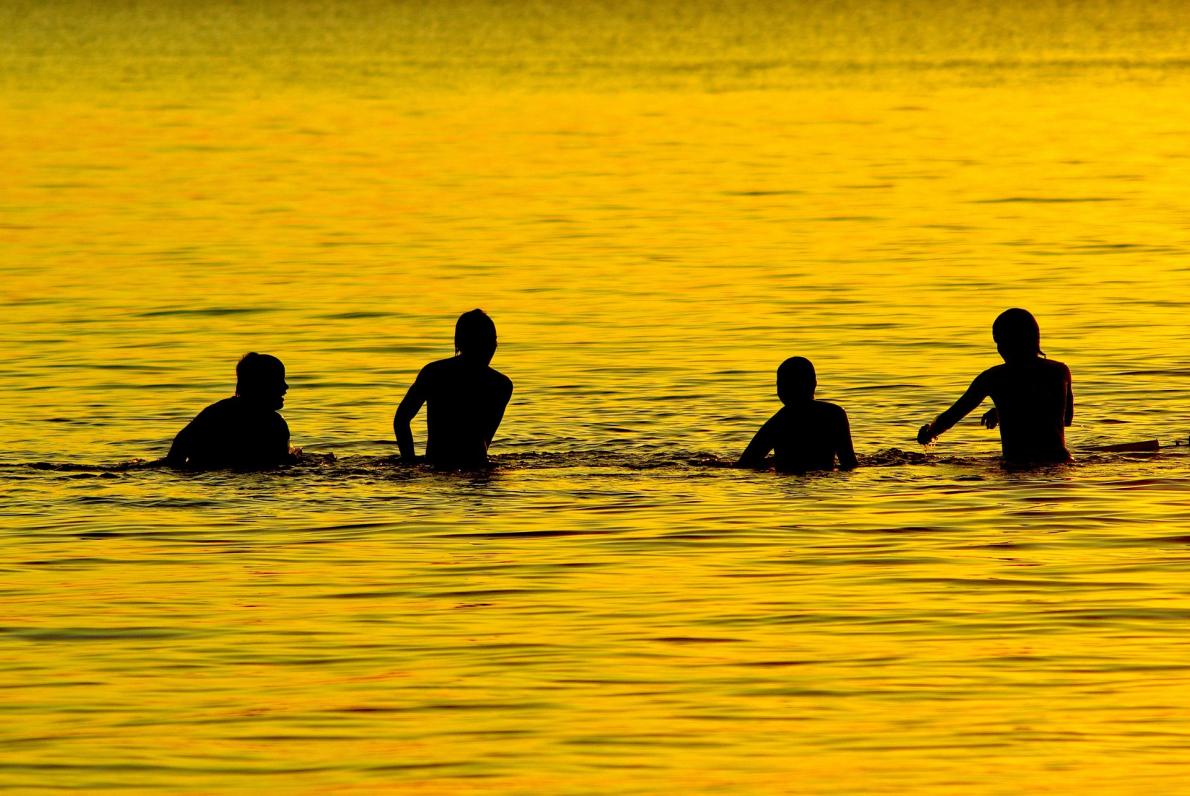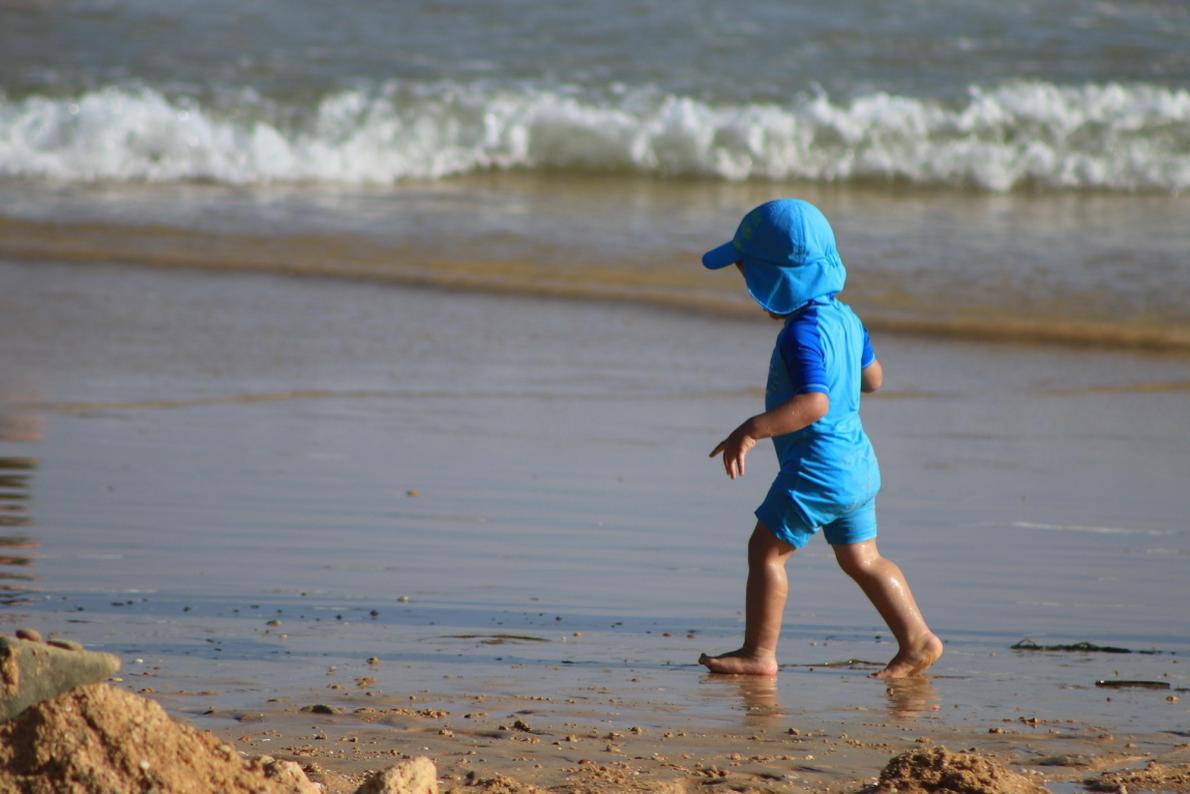

99TravelSafe.com
The Website For The Smart and Savvy Traveler
40 - Safety of Children in Water!


Related Pages - Please Also See;
Safety of Children in Water!
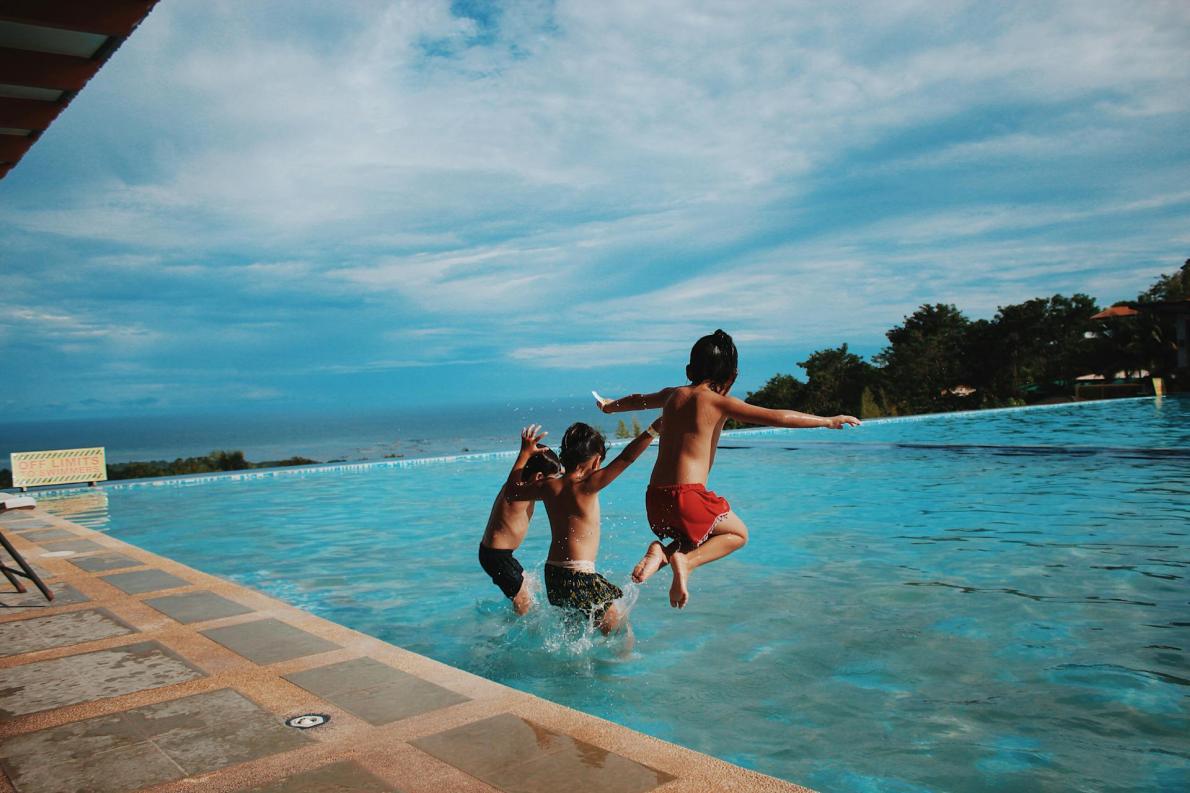

SUPERVISE children (in water) closely, even when lifeguards are present
Don't be tempted to leave your kids alone in the water even for a short time!
Train your children in survival skills such as floating or treading in the water
Watch your kids constantly when in the water, even if they can swim like fish!
Watch your kids constantly no matter how shallow the water!
Discourage children from jumping in to help each other. This often results in a multiple tragedy
Teach children to throw the victim something that floats or a long object to hold on to
Get children to call an adult for help (when in trouble). Teach simple rescue methods and first aid
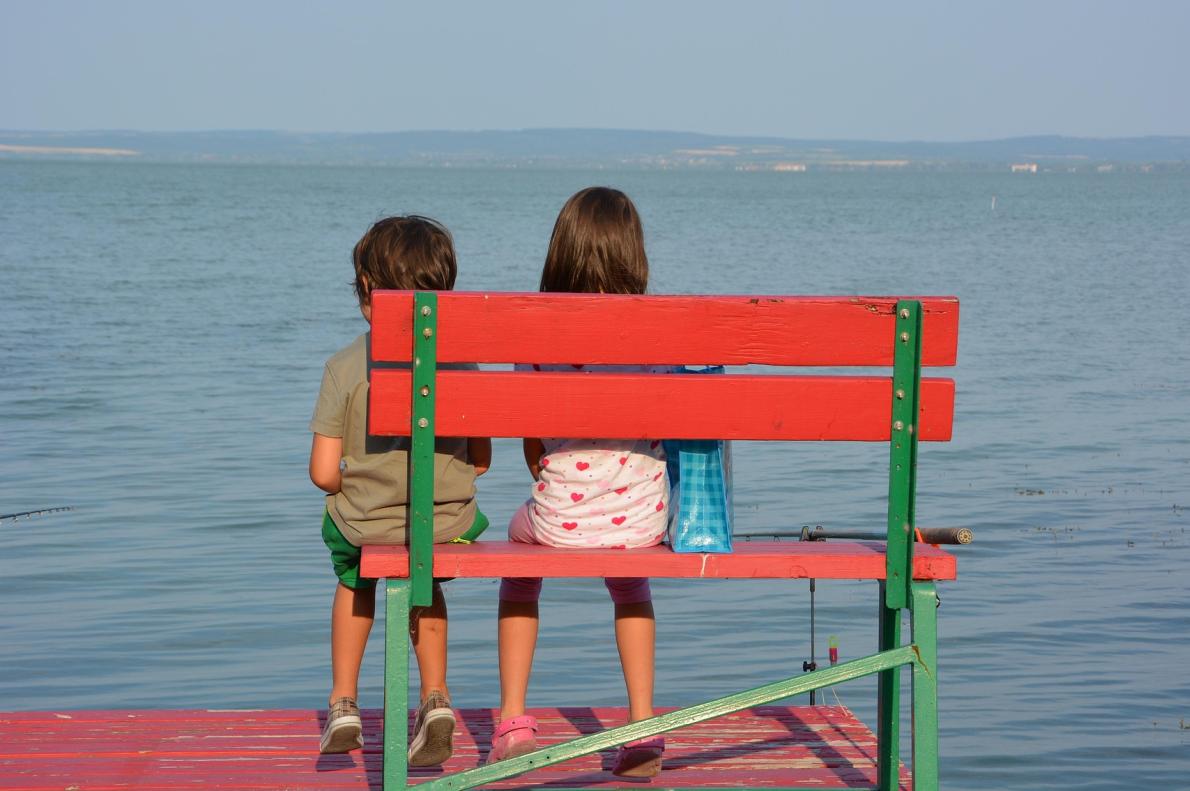

Safety of Children in Water!


Don't rely on substitutes. The use of flotation devices and inflatable toys cannot replace parental supervision. Such devices could suddenly shift position, lose air, or slip out from underneath, leaving the child in a dangerous situation
Enroll children in a water safety course or Learn-to-Swim classes. Your decision to provide your child with an early aquatic experience is a gift that will have infinite rewards!
Parents should take a CPR (Cardio Pulmonary Resuscitation) course. Knowing these skills can be important around the water and you will expand your capabilities in providing care for your child
To control child vomiting, give plenty of fluid to the child
Small amounts sipped from a spoon are best!
Do not give milk or solid foods. Clear liquids stay down best
Try water, ice chips, flat ginger ale, diluted Gatorade or Popsicles!
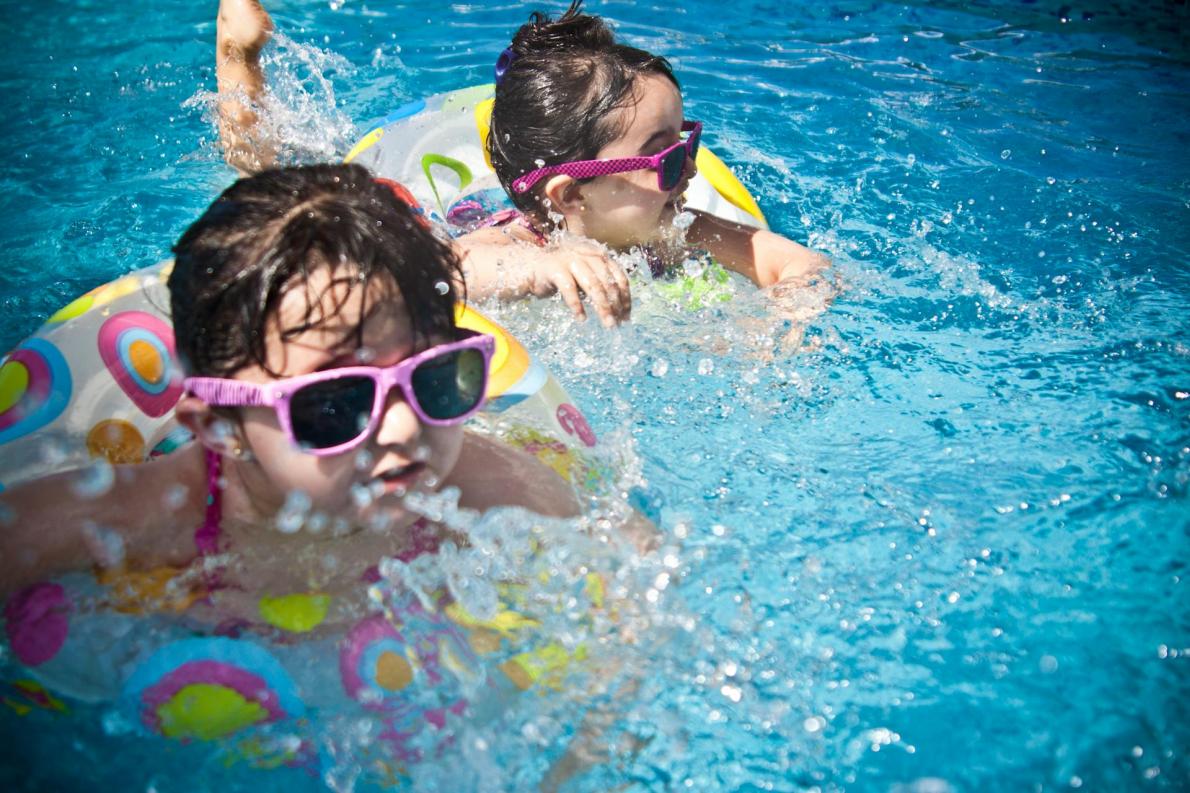

Safety of Children in Water - A Summary!
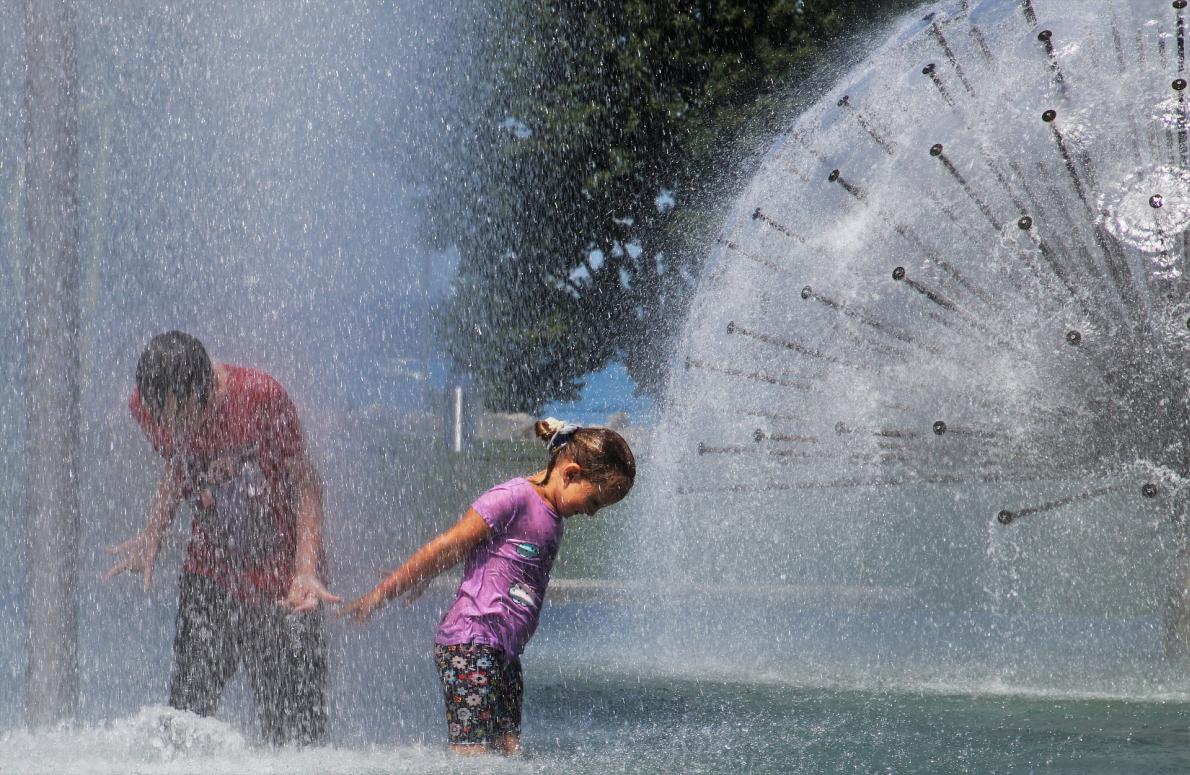

To ensure children's safety in and around water, always provide constant, close supervision, keeping young children within arm's reach, even for a moment. Secure swimming pools with four-sided fencing and automatic latches, and empty all water sources like baths and buckets immediately after use. Teach children essential water safety skills, including swimming and the "reach, throw, don't go" principle for rescues, and have a responsible adult learn CPR.
Constant, Close Supervision
Stay Within Arm's Reach:
Toddlers and infants should be kept within arm's reach by a responsible adult when in or around any body of water
Never Leave Unattended:
Children, especially those under five, should never be left alone near water, including bathtubs, pools, buckets, or even puddles
No Reliance on Others:
A responsible adult should always supervise children; never leave a young child in the care of another child
Secure Home Water Sources
Empty Water Containers:
Immediately drain bathtubs, paddling pools, buckets, and other containers after each use
Use Toilet Locks:
Keep toilet lids closed and consider installing childproof locks to prevent access
Secure Pool Areas:
Install four-sided fencing around pools that is at least 1.2 meters high and features a self-closing, self-latching gate that opens away from the pool. Remove any items that children can use to climb over the fence
Water Skills & Environment Awareness
Take Swimming Lessons:
Enroll children in swimming lessons to build water confidence and teach them essential water survival skills
Learn CPR and First Aid:
Parents and caregivers should learn basic CPR and first aid to be prepared for emergencies
Know the Dangers of Open Water:
Be aware of strong currents, undertow, and changing weather conditions in natural bodies of water
Swim With a Lifeguard:
Swim at beaches and pools with lifeguards, and always obey safety signs and flags
Safe Practices
Use Life Jackets Correctly:
Young children and weak swimmers should wear U.S. Coast Guard-approved life jackets for their weight!
Never Dive into Shallow Water:
Always enter unknown water feet-first to avoid head and neck injuries
Teach Rescue Skills:
Educate children not to go into the water to help someone in trouble but to reach with a pole or throw a flotation device and get help from an adult or lifeguard
